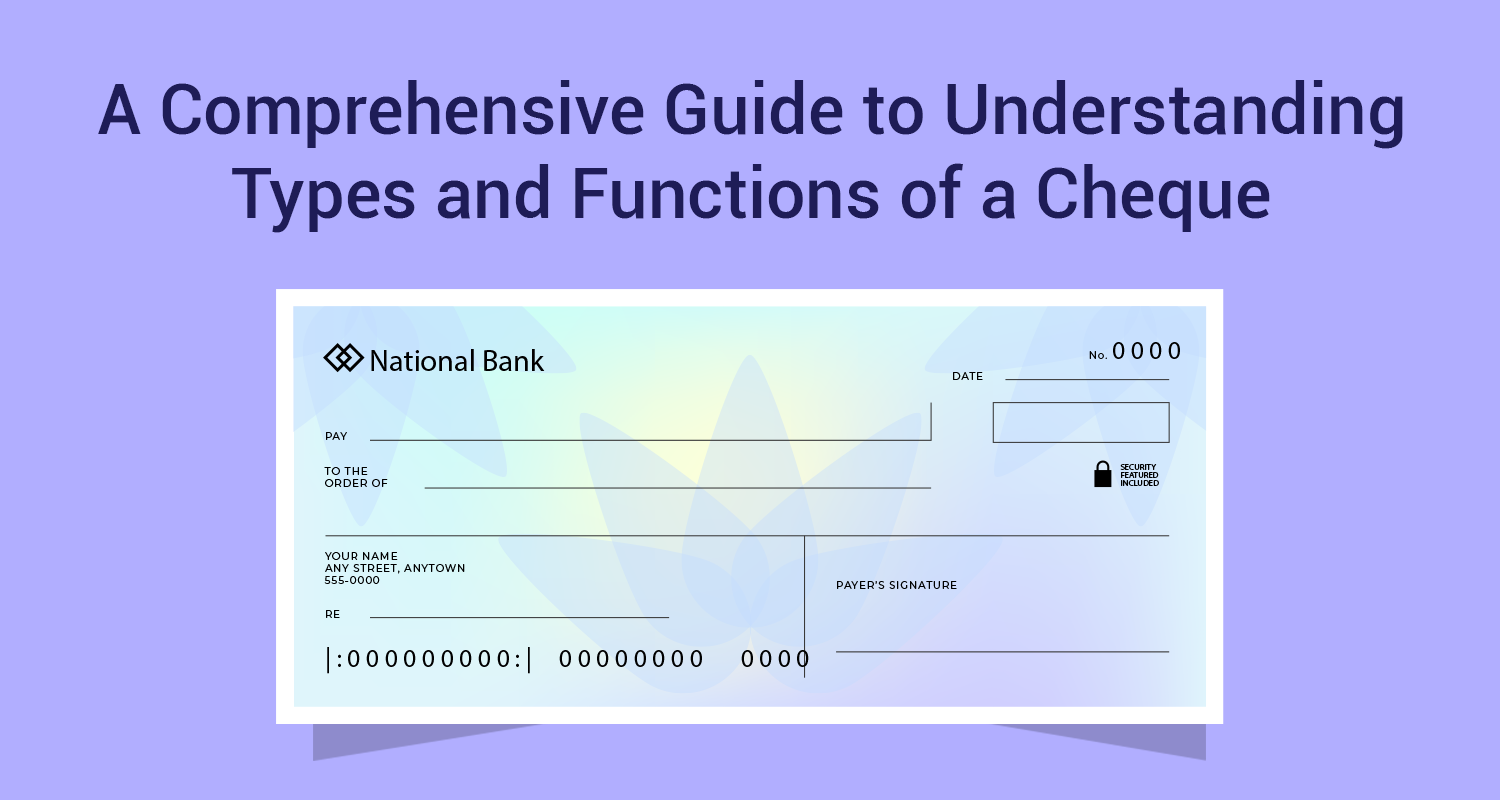How Much Can My Sip of Rs.20,000 per Month Generate after 33 Years?

Systematic Investment Plans (SIP) offers a very efficient and methodical way of building wealth in the long run. A monthly investment in SIP may appear to be quite small but over time the SIP builds up into a very large amount. When you start a SIP there are four key questions that you need to answer. In these four questions lies the key to how much wealth your SIP can create over the long run:
- How many years am I willing to run the SIP for? The thumb rule is that the earlier you start and the longer you continue in a disciplined manner, the greater will be your wealth creation. Time always works in favour of the SIP.
- You can possibly do a SIP in any fund category; equity, debt or liquid. If the core purpose of your SIP is to generate long term wealth, then you should focus on equity fund SIPs only. Paradoxically, if you consider a period of more than 7 years (according to a study), you can create wealth through equity fund SIPs with almost negligible downside risk.
- The question on rate of return follows logically from the asset class you are invested in. For example, an equity fund can generate returns of 14-15% annualized over longer periods of time. In fact, that is the reasonable returns that you should assume.
- Finally, what should be the amount of SIP contribution? It is more important to start early. While amount matters, the earlier amounts have a greater bearing on the SIP value than the later amounts contributed.
Doing an Rs.20,000 SIP for 33 years
How much can a monthly SIP of Rs.20,000 grow into in 33 years. With the period of the SIP and the amount known, the only uncertain factor here is the rate at which the SIP will get compounded annually. That will depend on the asset class that you will invest in. With a 33 year time frame, the focus must obviously be on long term wealth creation. Obviously, equity funds will fit in best in this case. Even within equities, there are different options. Let us look at how the SIP will perform under 4 different equity options.
Particulars
Equity + Debt Balanced Funds
Benchmark
Index Funds
Equity Diversified Funds
Sector / Thematic Funds
Monthly SIP
Rs.20,000
Rs.20,000
Rs.20,000
Rs.20,000
Tenure of SIP
33 Years
33 Years
33 Years
33 Years
CAGR Returns
11.5%
12.5%
14.5%
16.5%
Total SIP Allocation
Rs.79.20 lakh
Rs.79.20 lakh
Rs.79.20 lakh
Rs.79.20 lakh
Final SIP Value
Rs.8.99 crore
Rs.11.55 crore
Rs.19.32 crore
Rs.32.76 crore
Wealth Ratio
11.35 times
14.58 times
24.39 times
41.36 times
All the above choices have an equity component in some way or the other. What should be your choice of product? Your wealth creation is quite impressive in all the cases. Here is how you should decide on the specific product on which you should do you SIP.
- A balanced normally has a 65:35 mix of equity and debt. That is a good idea but when you are talking of wealth creation, you do not have to worry about debt. In your overall portfolio, have a fixed allocation to debt and keep increasing your debt fund component based on when milestones are approaching. A balanced fund may not be the right choice.
- Should you go for an index fund? While index funds perform at par with the index, the whole idea of making the best of 33 years time frame is to seek that additional alpha in equity diversified funds. You can consider a small allocation to index funds but a large allocation is not advisable.
- Equity diversified funds are where most of your long term money should be parked. Since they are diversified, the correlation management tends to reduce their risk substantially. Also, diversified equity funds carry low levels of risk in the long run and 33 years is a very long time for the volatility of equities to be evened out.
- Should you be invested in sectoral funds? Typically, sectoral funds or thematic funds are too risky and too cyclical. For example, if you had bought IT funds at the peak of 2000 or Infrastructure funds at the peak of 2008, you would have taken a long time to break even. While a very small exposure to sector funds can be considered as an alpha generation strategy, the bulk of your funds should still remain in equity diversified funds.
The moral of the story is that the SIP approach is all about making small and regular contributions matter. SIPs on equity diversified funds give you the best long term balance between return enhancement and risk reduction. After all, you are going to be quite happy with a wealth ratio of 24.39 times and a corpus of Rs.19.32 crore in the year 2051.
Disclaimer : The information in this blog is for general purposes only and may change without notice. It does not constitute legal, tax, or financial advice. Readers should seek professional guidance and make decisions at their own discretion. IIFL Finance is not liable for any reliance on this content. Read more



